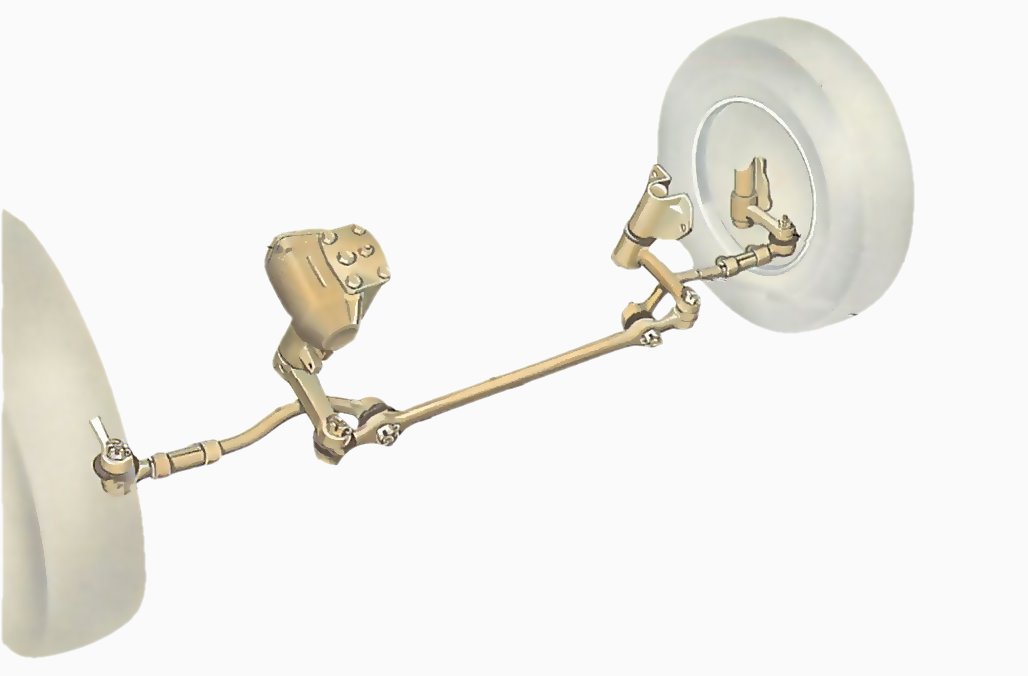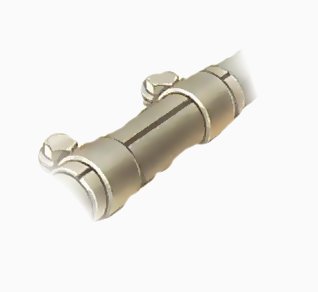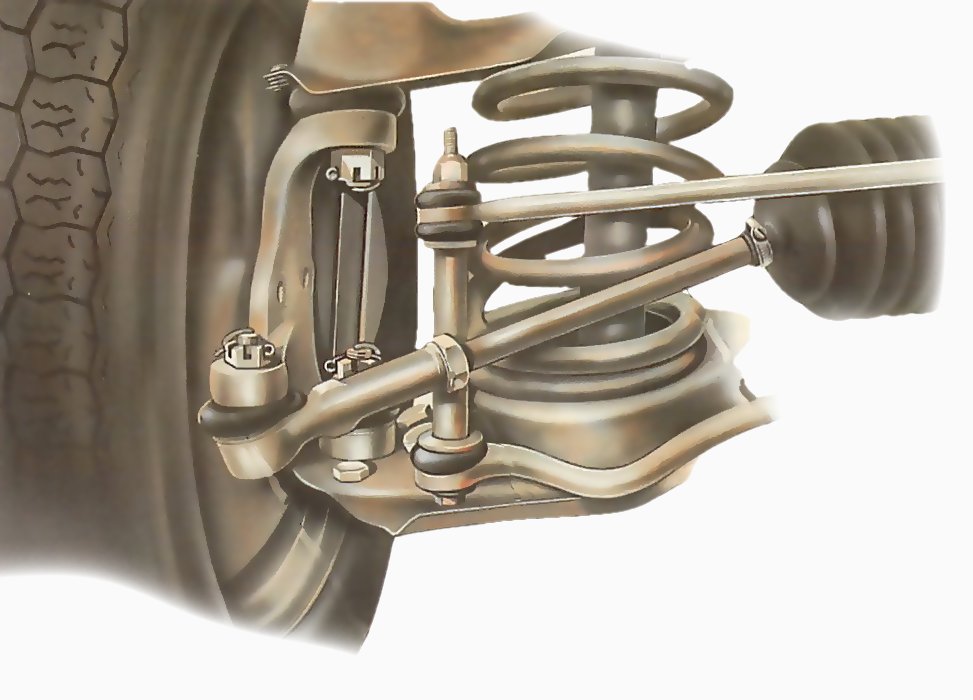Replacing other types of track rod
Separate the outer ball joint from the steering arm (See Replacing track-rod-end ball joints ). Read more
Separate the outer ball joint from the steering arm (See Replacing track-rod-end ball joints ). Read more
Places where vital components are mounted on the bodywork or chassis should be inspected at least yearly. Read more
The joints in a steering system all wear gradually and become slack. Because there are so many of them, and also because of the geometry of the system, a very small amount of play or looseness in the joints makes the whole system markedly sloppy and inaccurate. Read more
A steering box check involves raising the front of the car but keeping its weight on the wheels, and getting underneath it while a helper turns the wheels a short way. Read more
Front wheels wrongly aligned cause uneven tyre wear and may seriously affect the car's handling. Read more
Part of a steering rack check involves raising the front of the car but retaining its weight on its wheels. You must also get underneath the car while a helper turns the wheels to and fro. Unless you can gain access to a proper inspection pit you may have to use wheel ramps. Make sure they are resting on a level surface and directly under the wheels. Read more
The belt that drives a power-steering hydraulic-fluid pump is usually at the front of the engine , turned by a pulley on the crankshaft . Read more
Most modern cars have rack-and-pinion steering gear , mounted across the car. Usually the rack housing is fixed to the front cross member or bulkhead. Read more
Check that any parts you are not going to replace are undamaged before ordering replacements. Read more
If a check of the rack gaiters reveals that the rubber is starting to crack, split or perish, replace the gaiter. Read more



Track-rod-end ball joints are not adjustable on later cars. If they wear, you must replace them. Read more
Most modern cars have sealed for life joints in at least part of the steering system. These do not need maintenance, and are simply replaced when worn or damaged. Read more
Either or both of the upper and lower swivels may have grease nipples; ball joints have them on the housing. Read more
Steering swivel pins may wear out after a high mileage (60,000 plus), or sooner if they have not been properly lubricated. A badly worn joint is dangerous - not only does it make the steering wander, but it may suddenly fail altogether. Read more
Check a power-steering system at least twice a year - more often if recommended by the car handbook, or if the steering becomes heavy or jerky. Read more
The front wheels on most cars are not set exactly parallel. Instead they point slightly in or slightly out at the front - known as toe-in or toe-out. The set of the wheels is called tracking . Read more